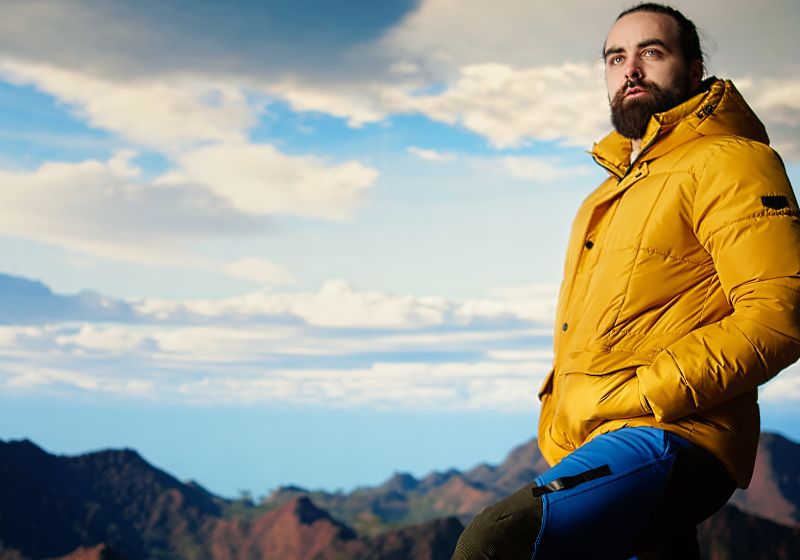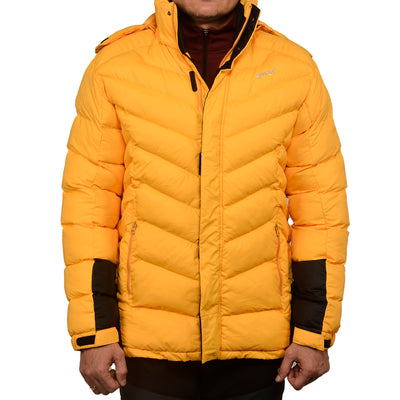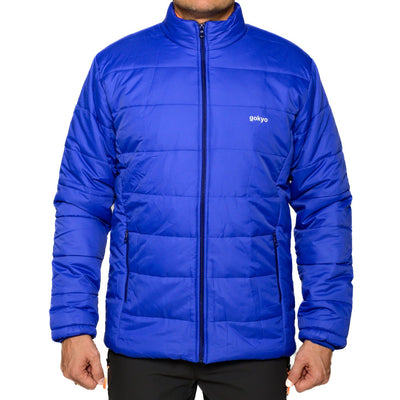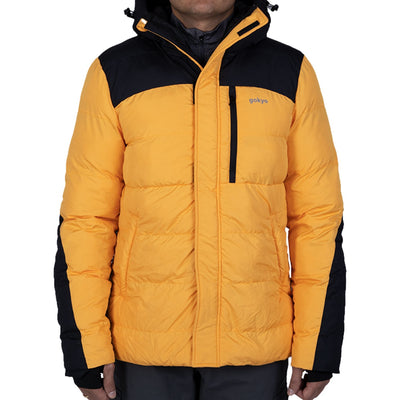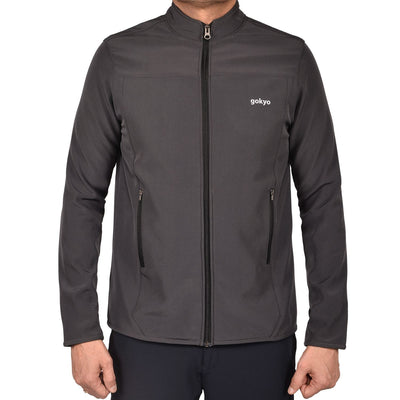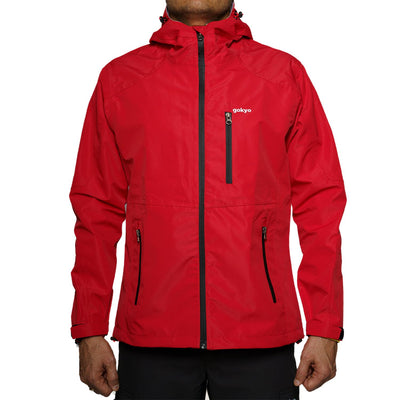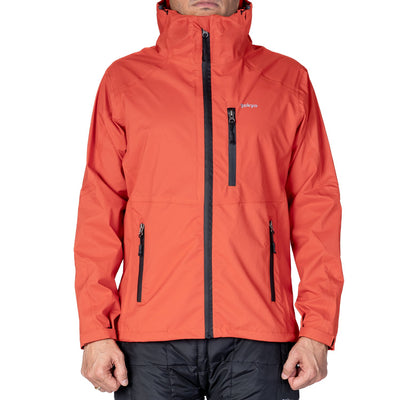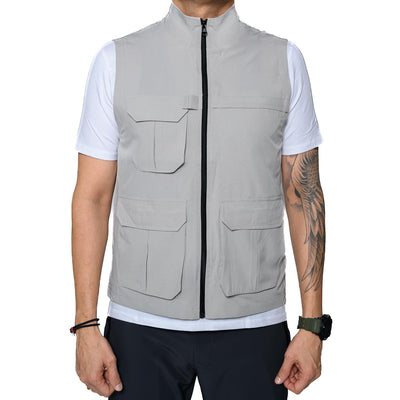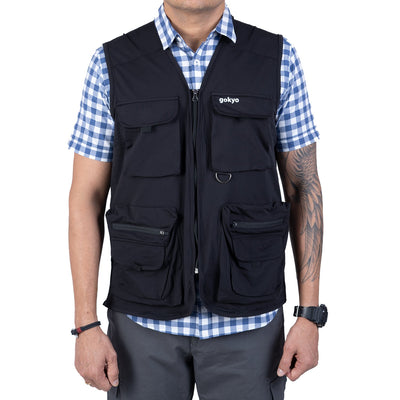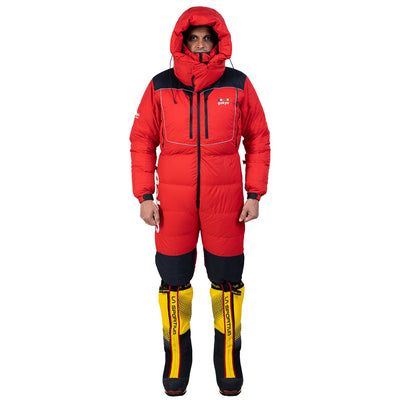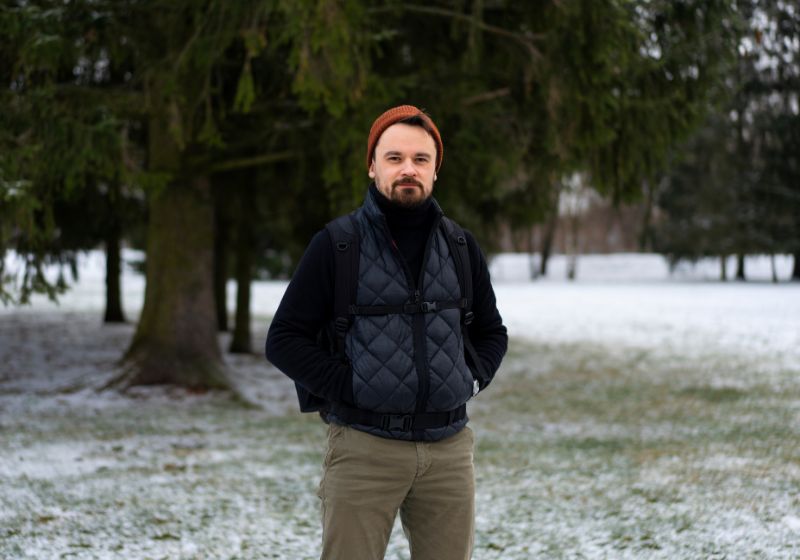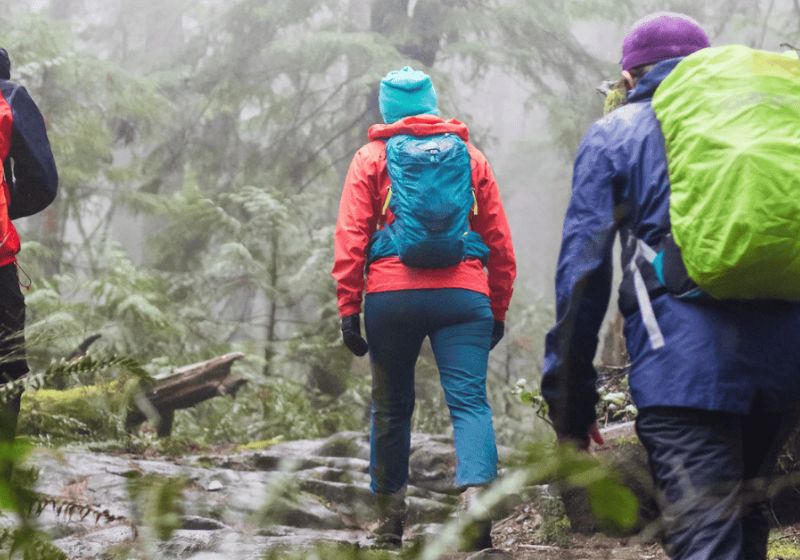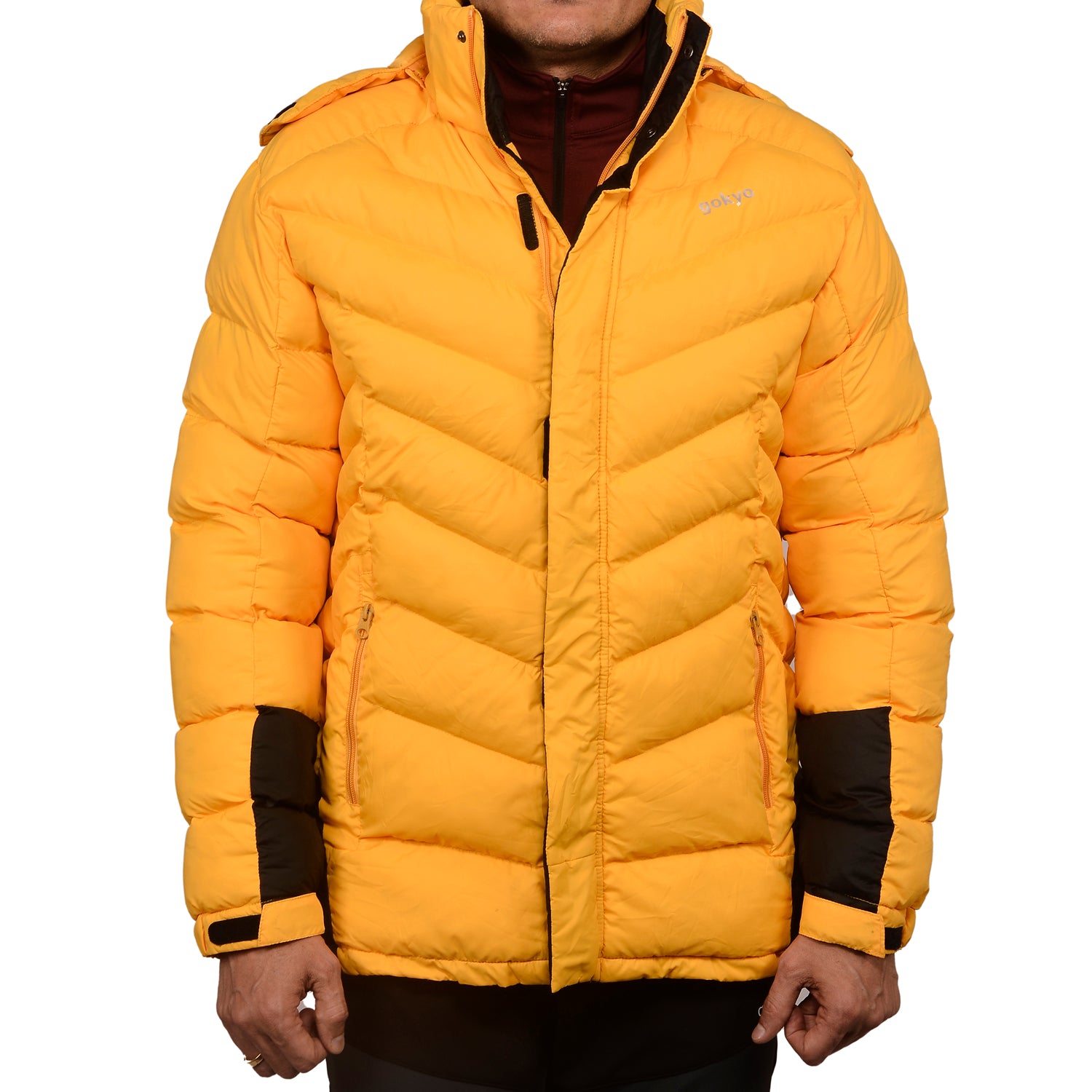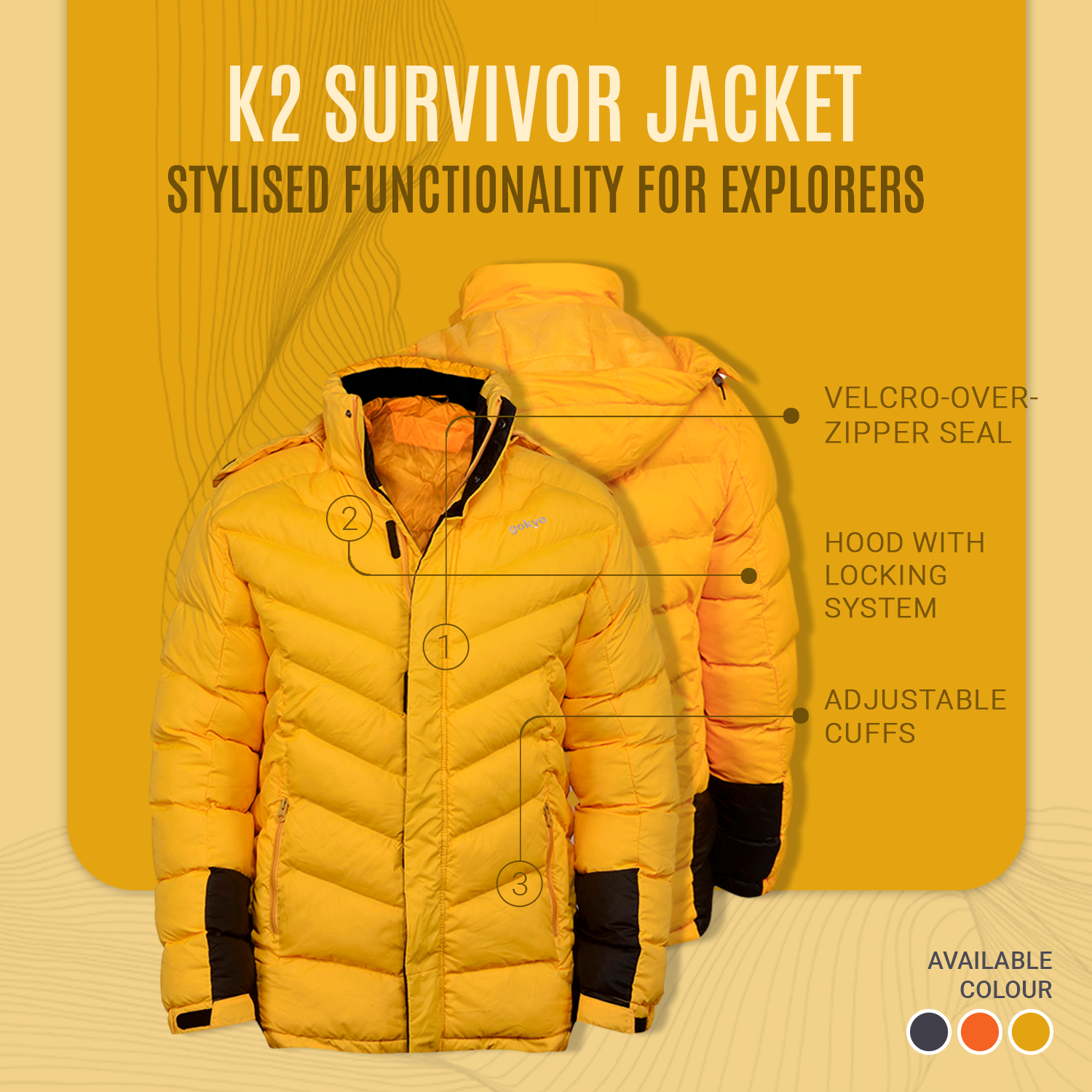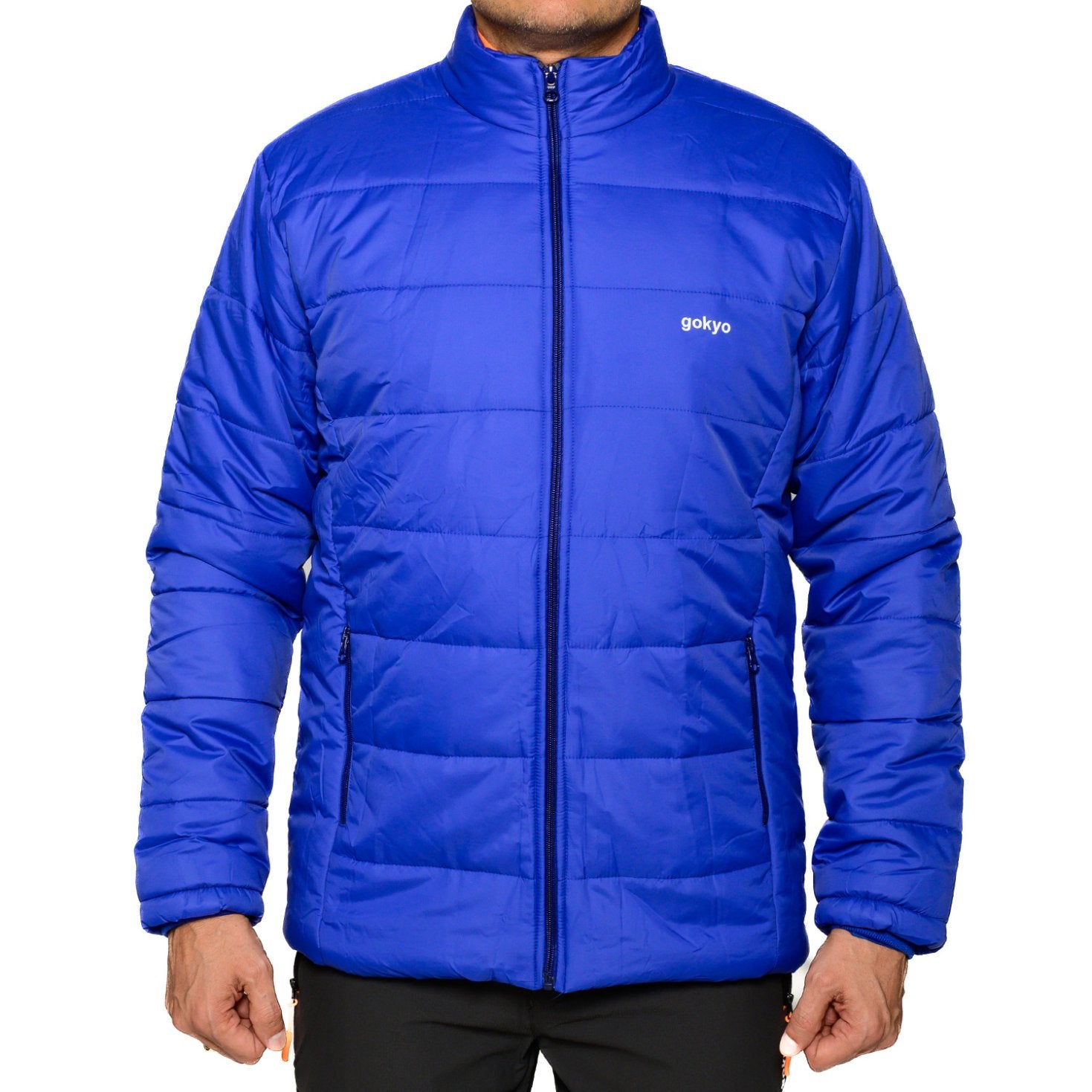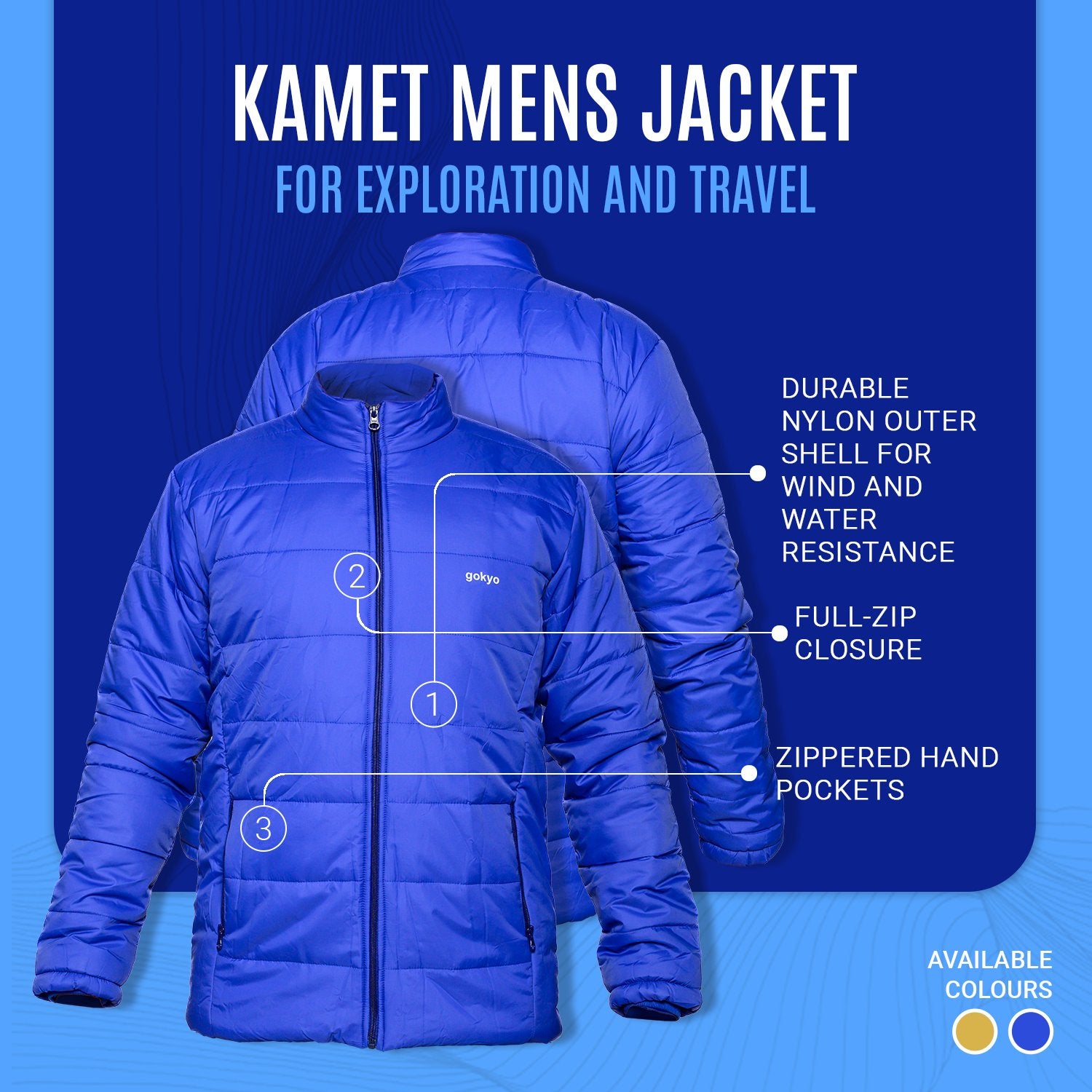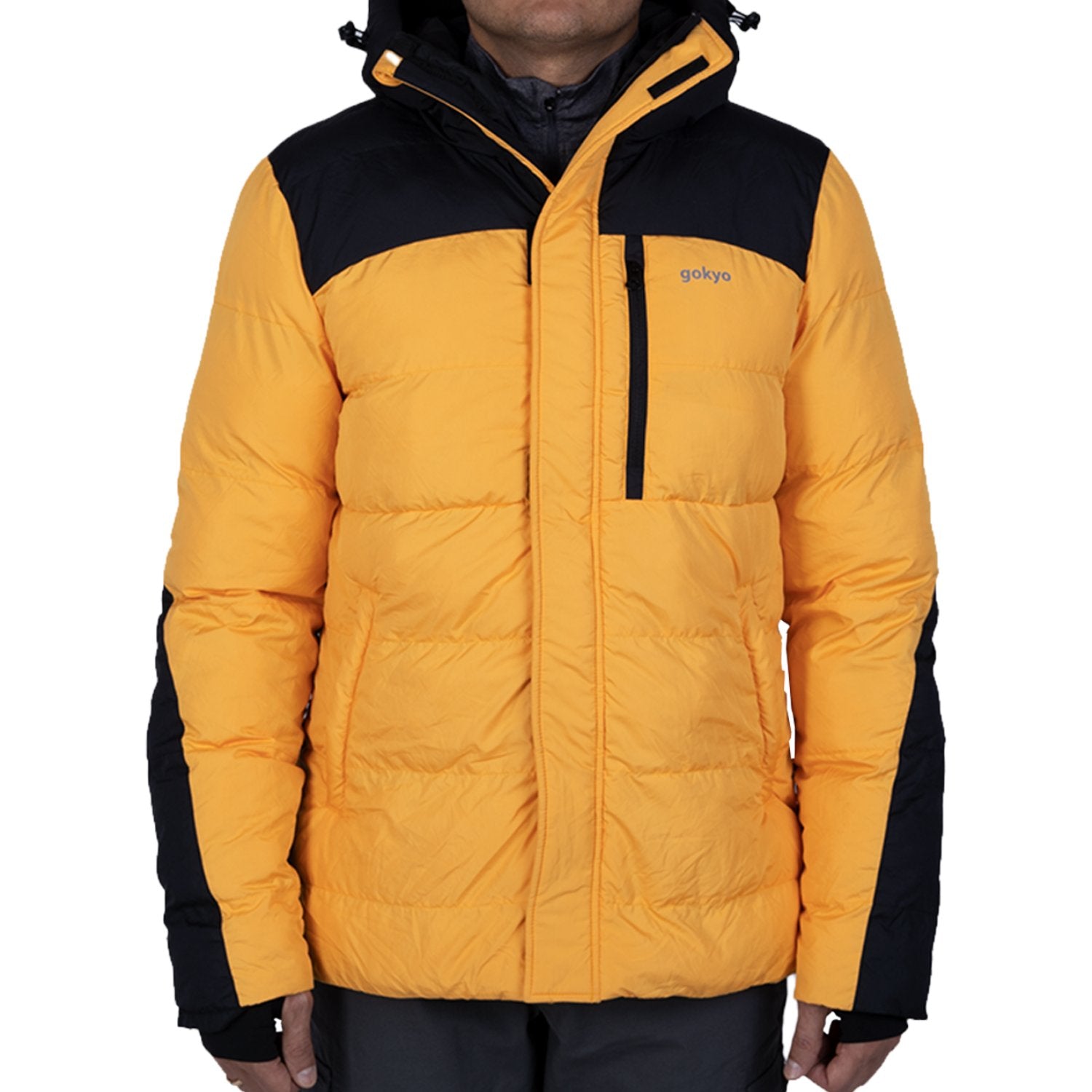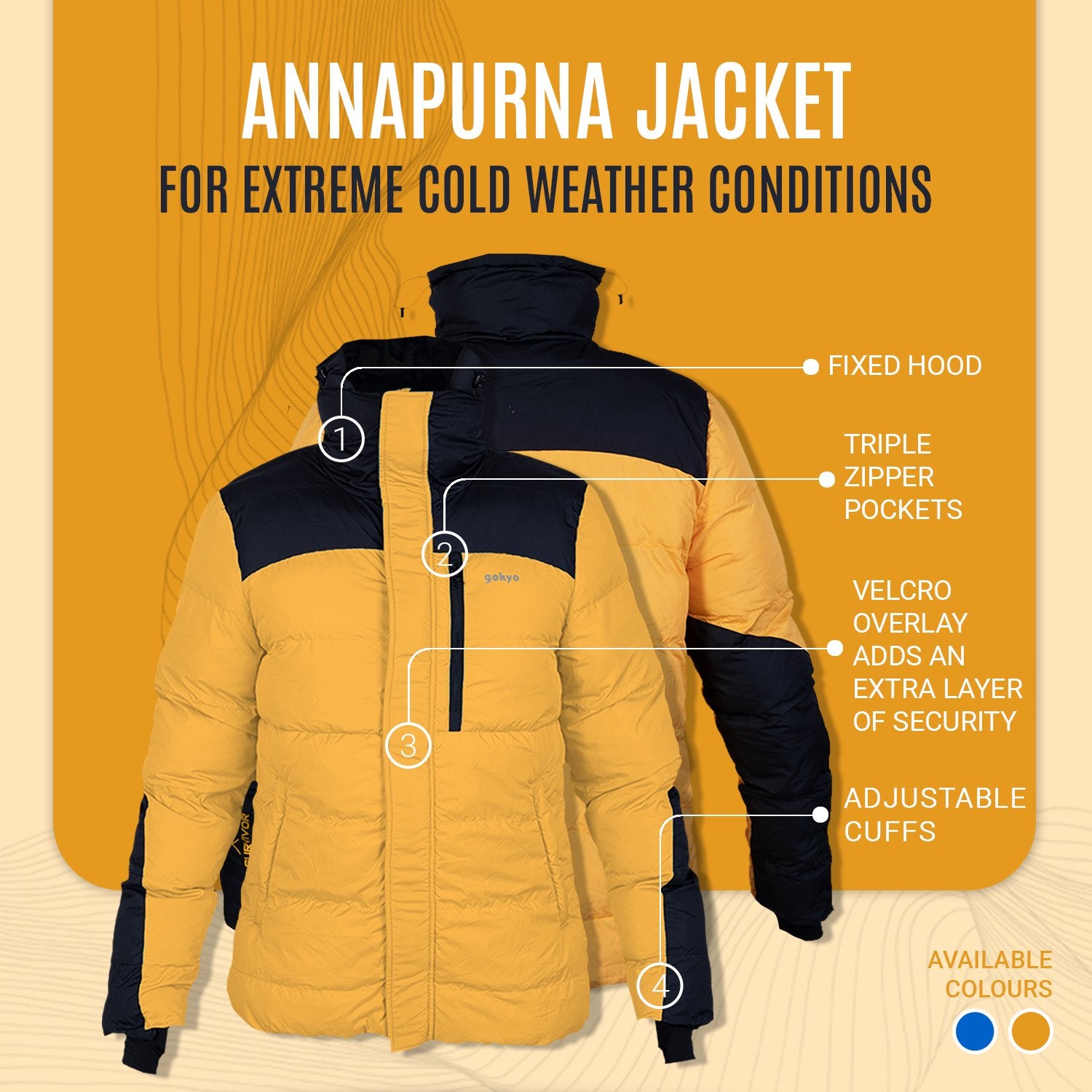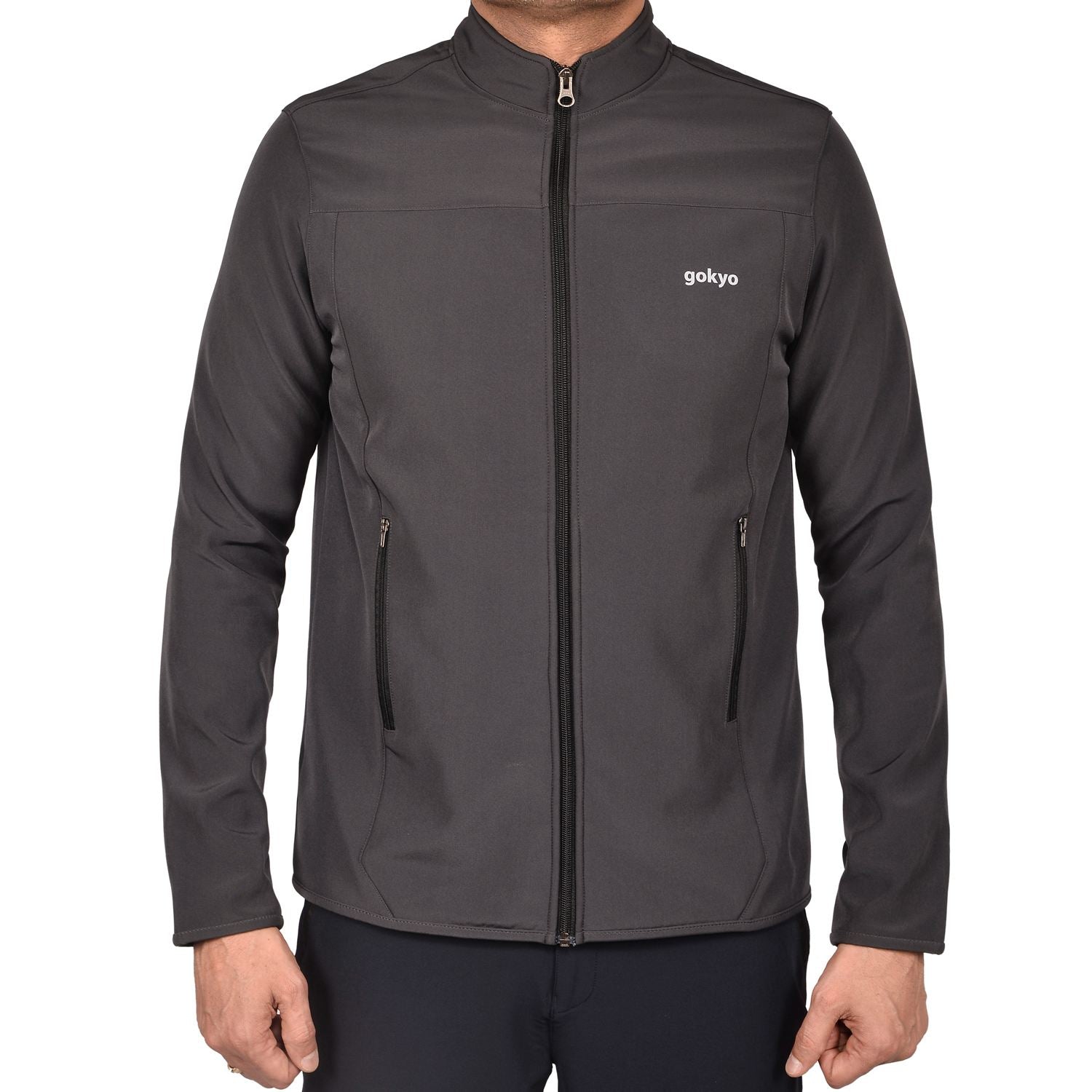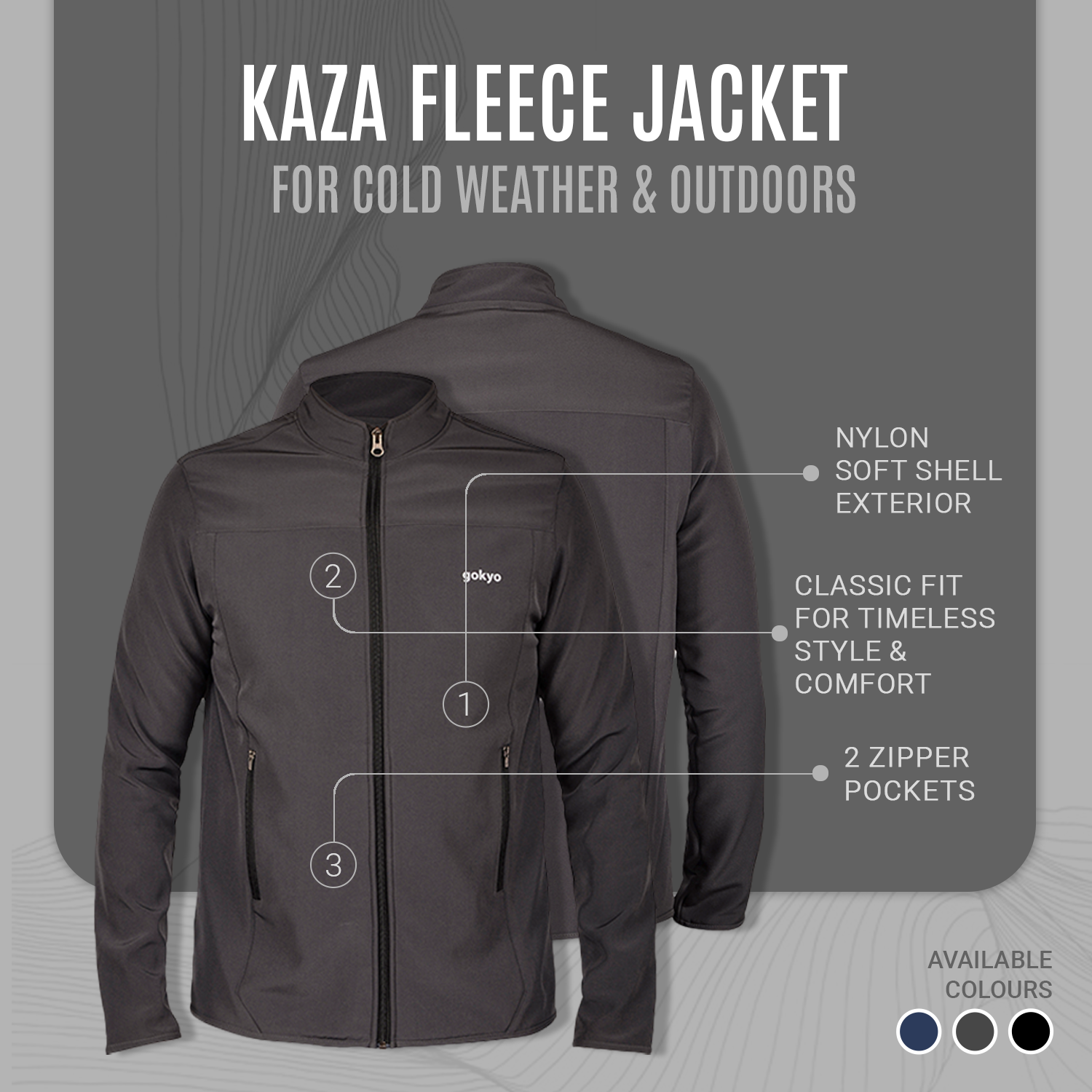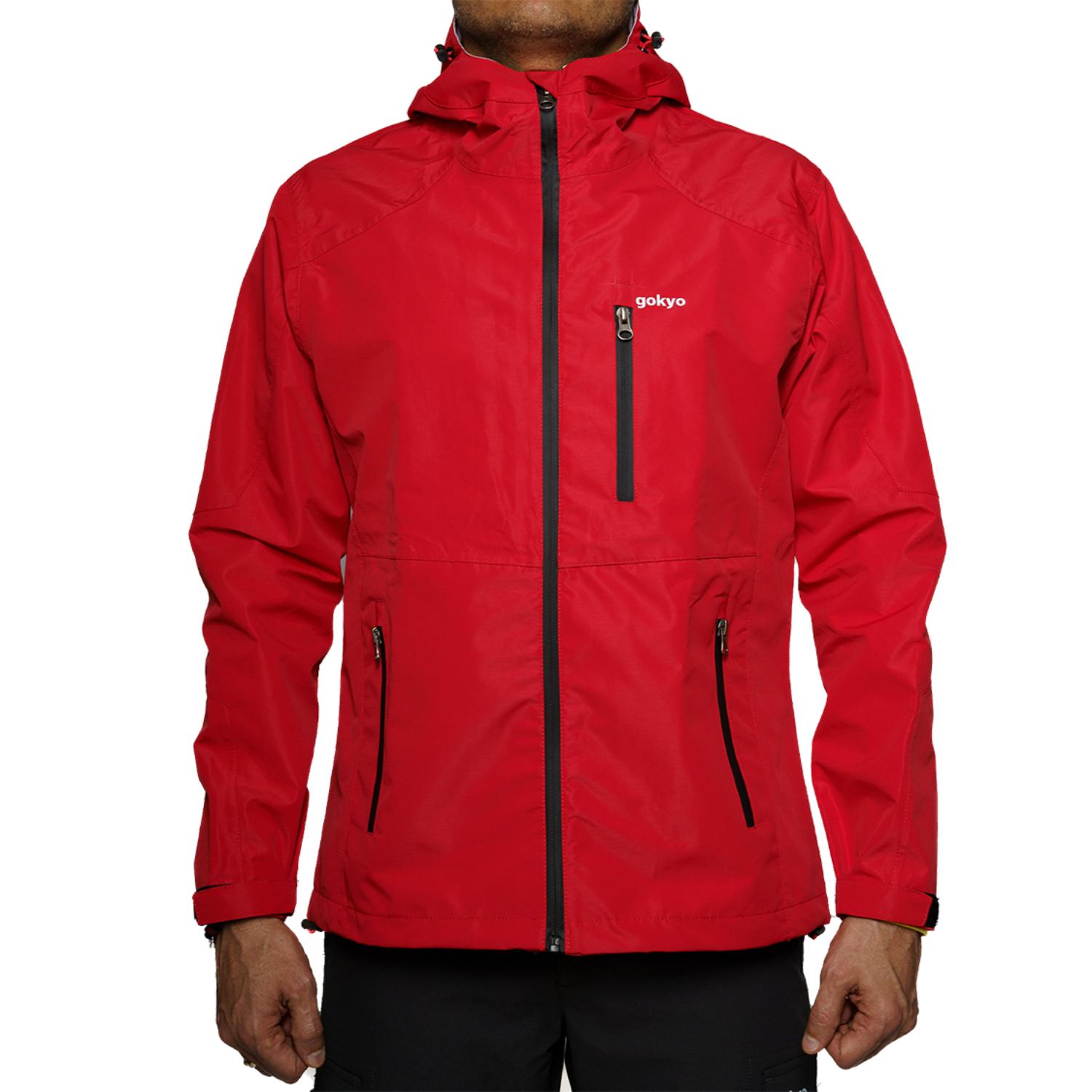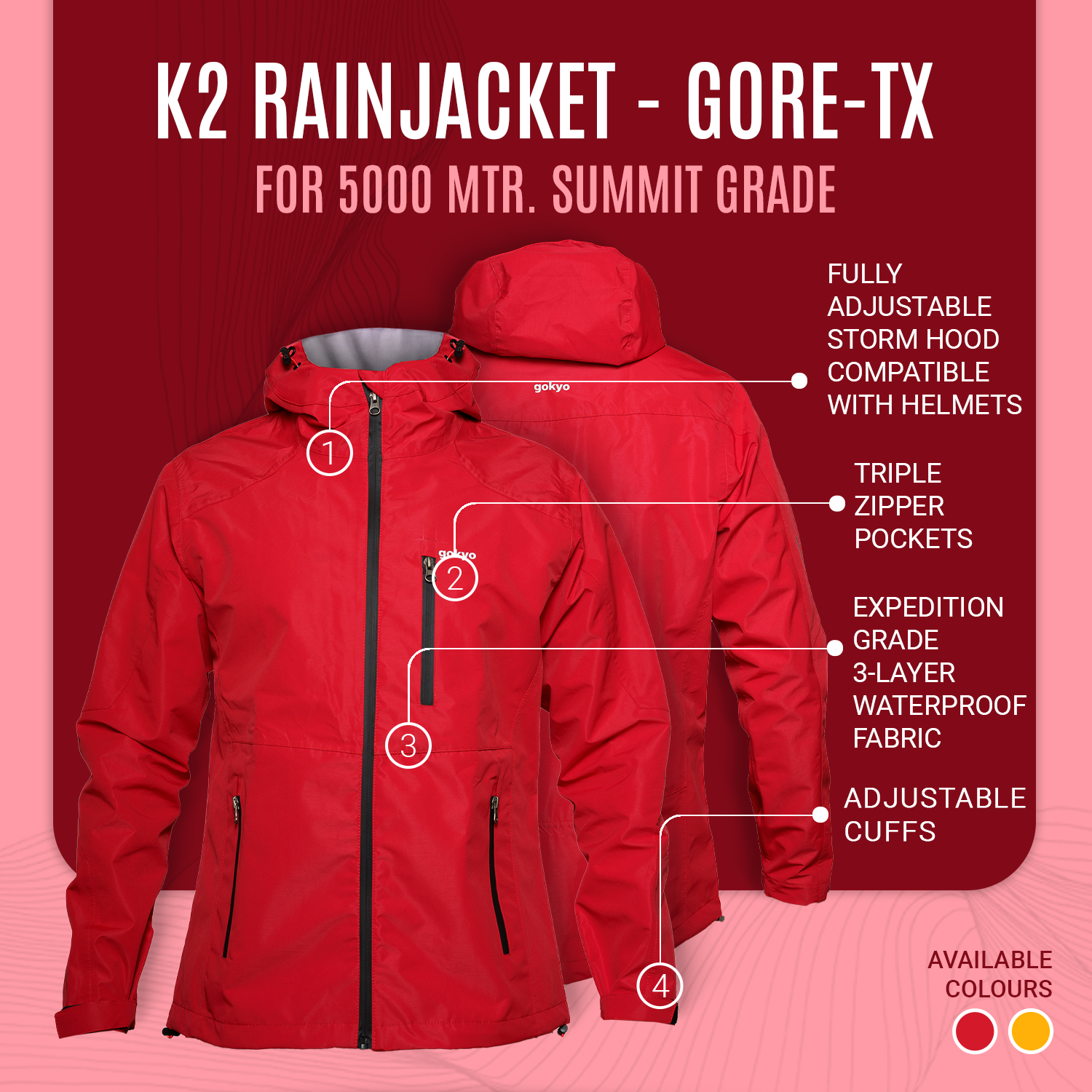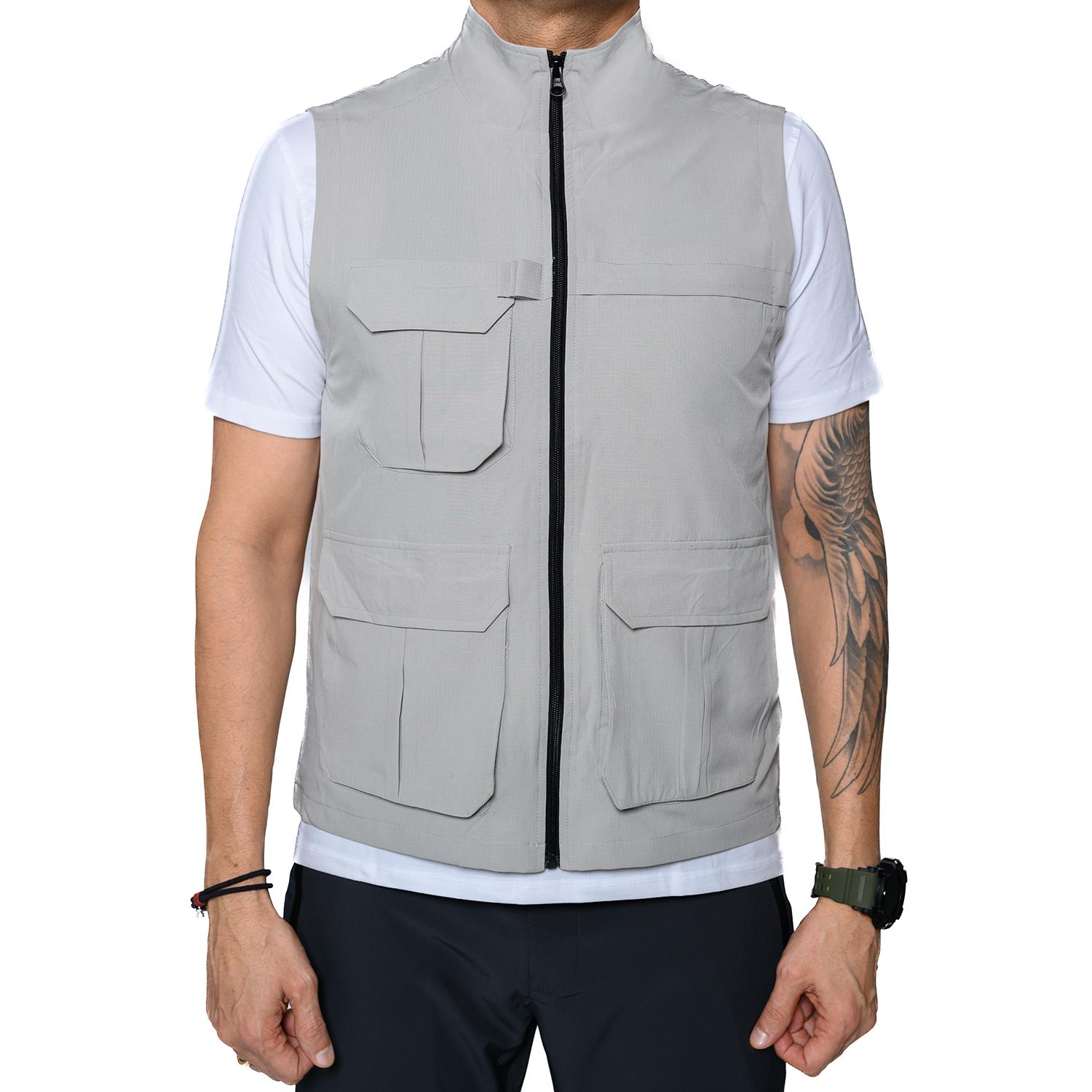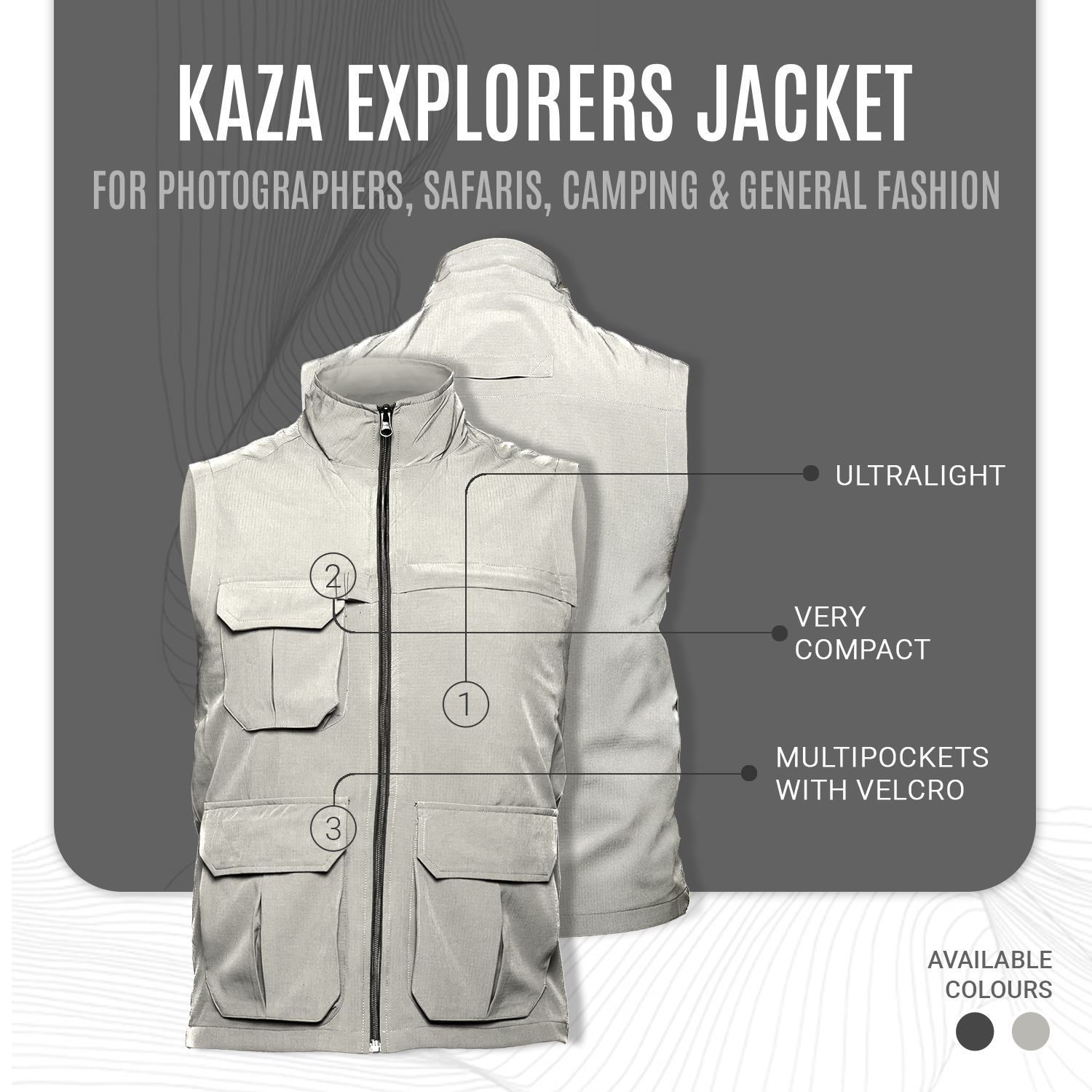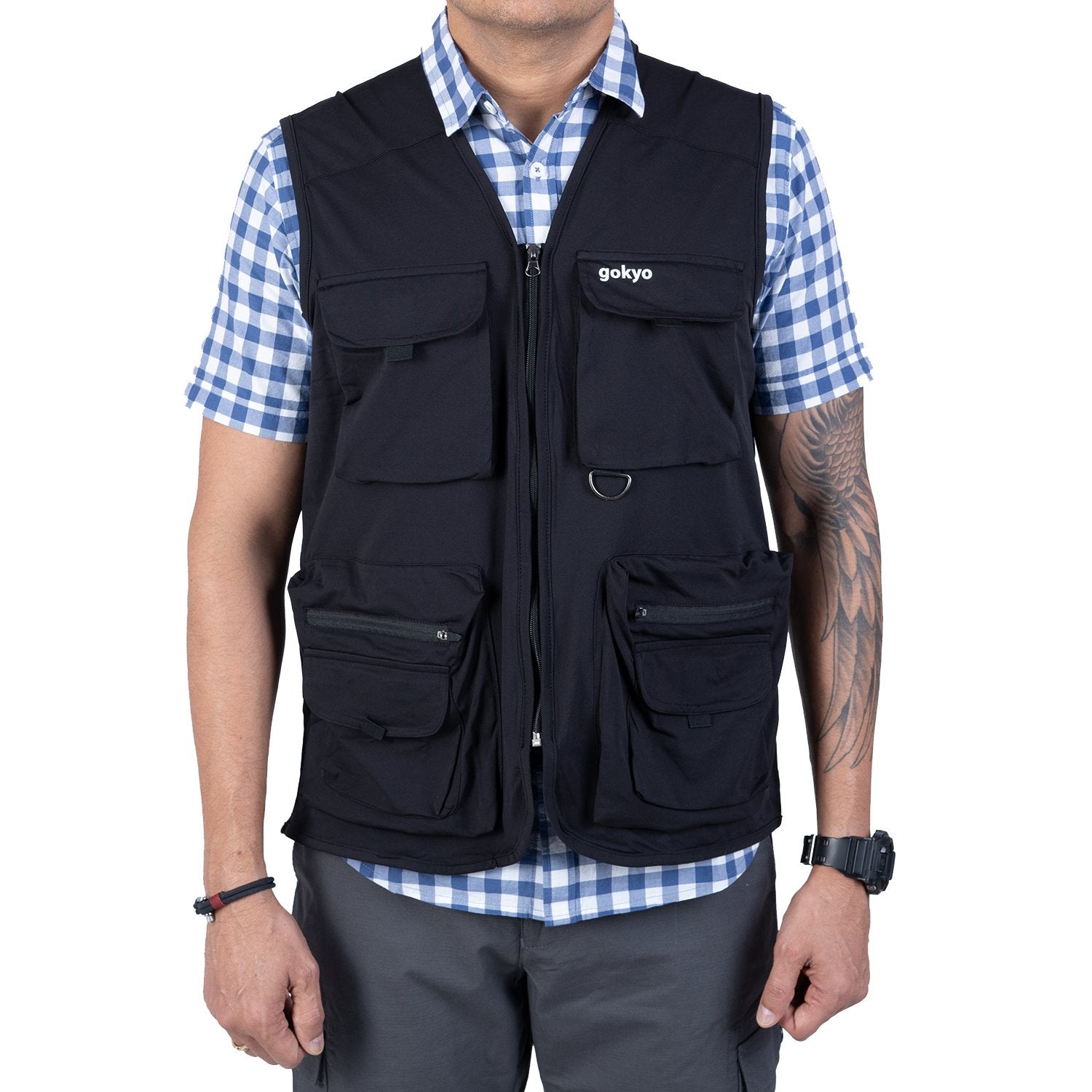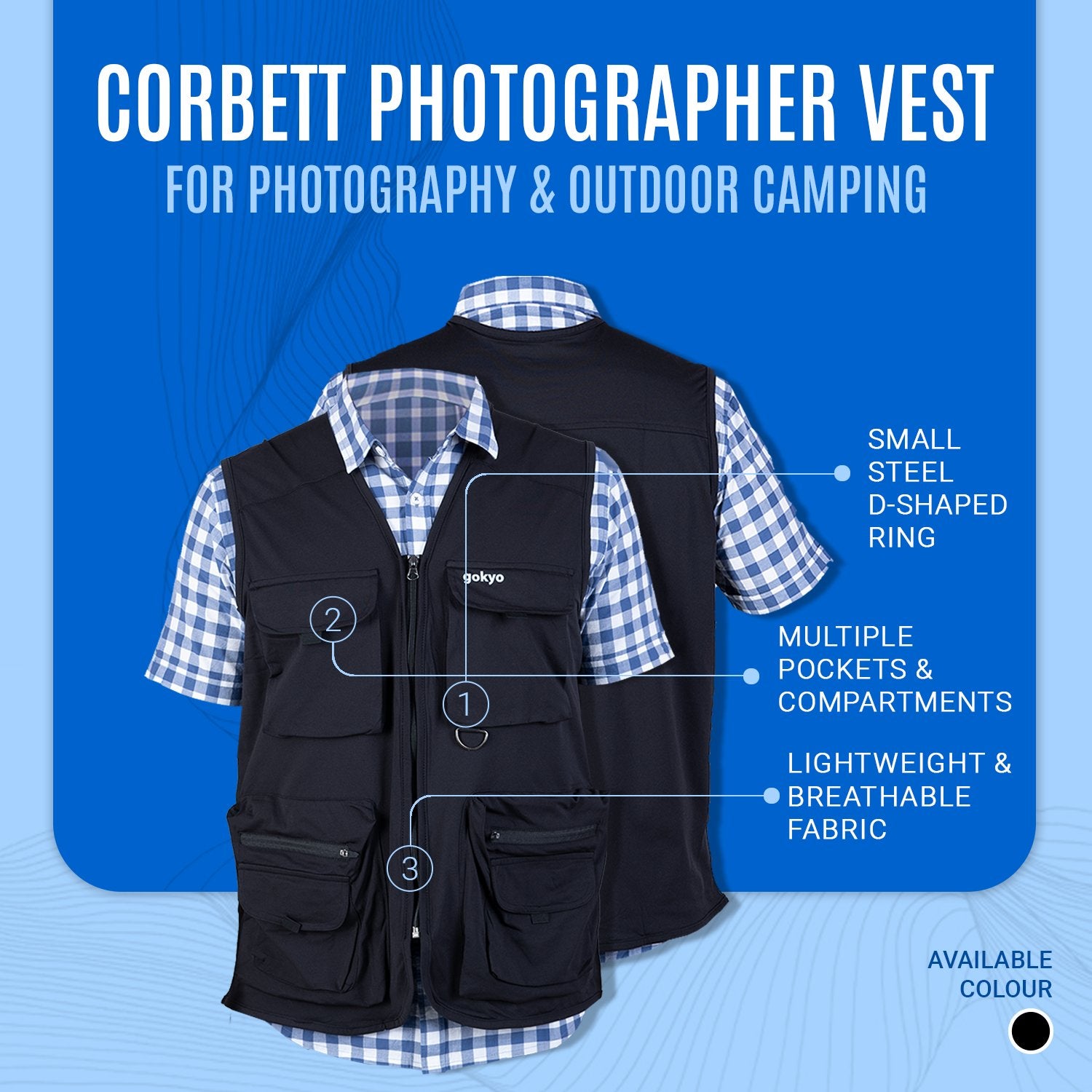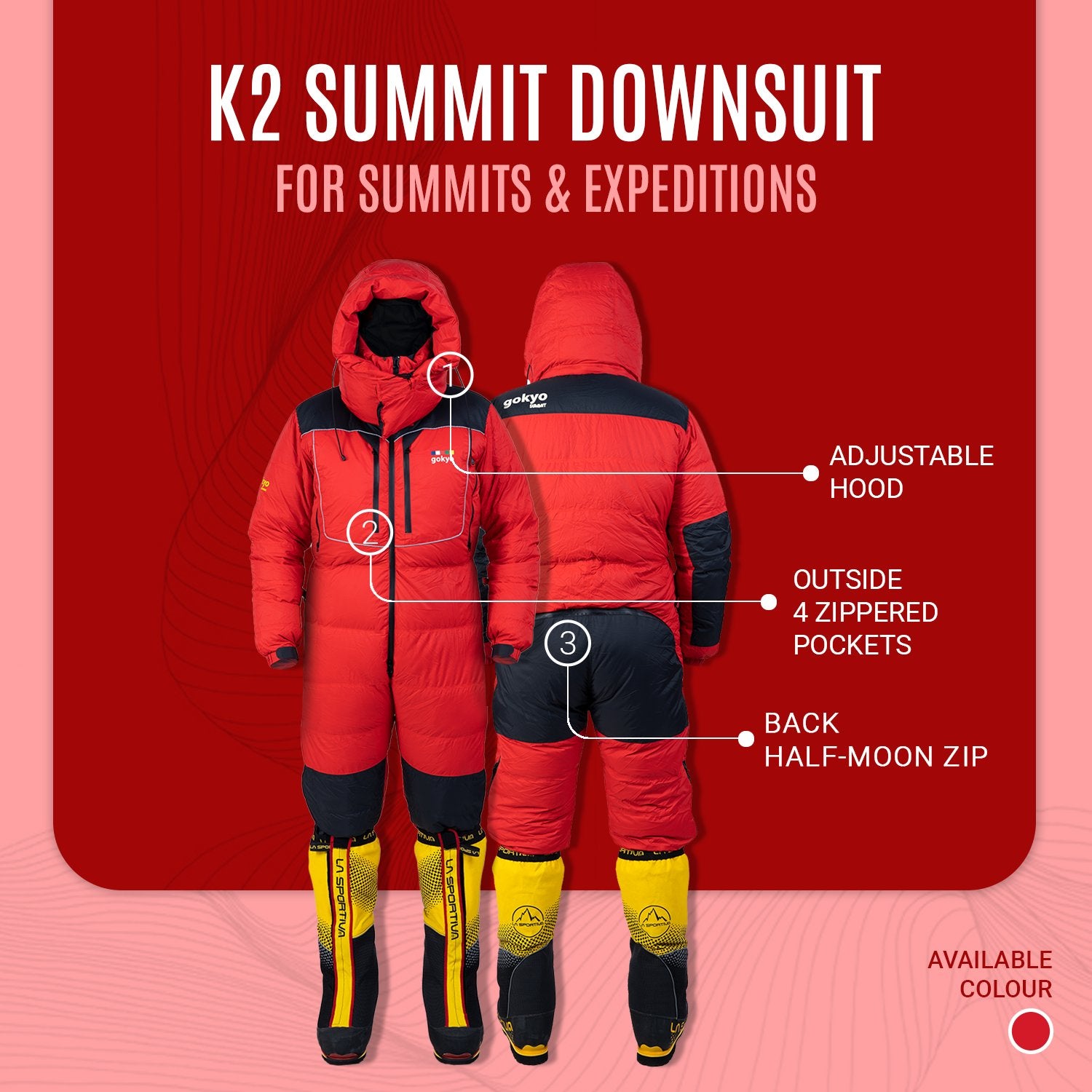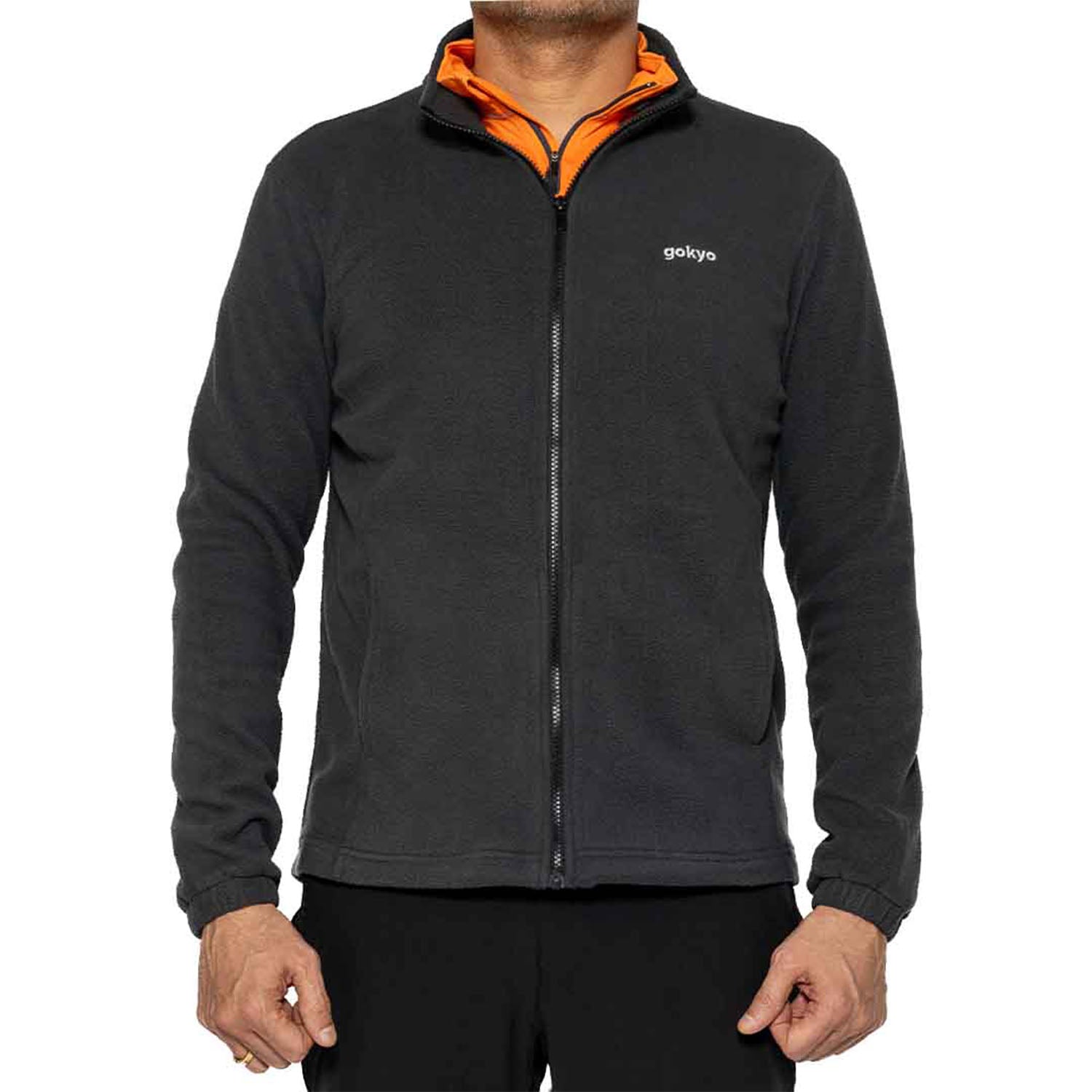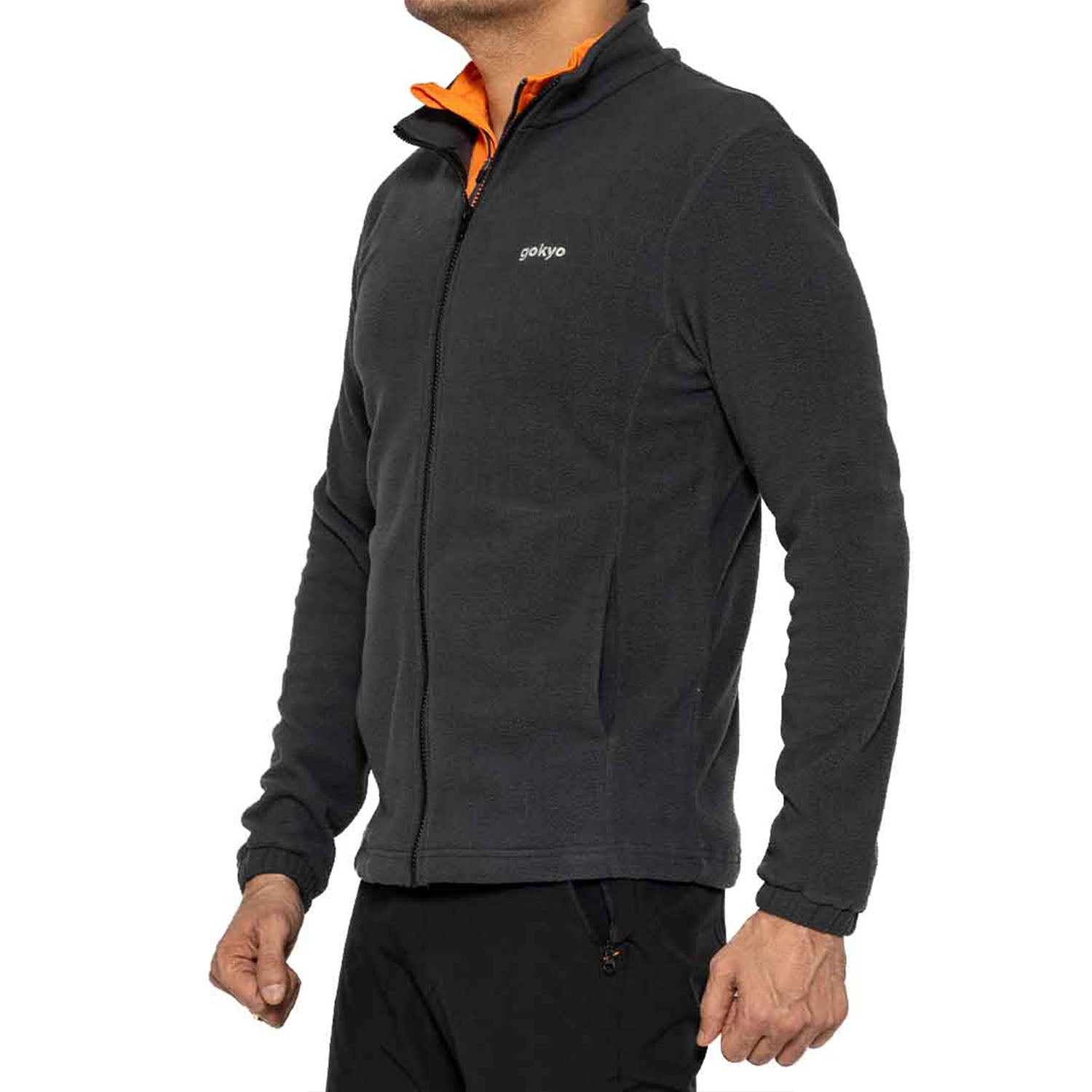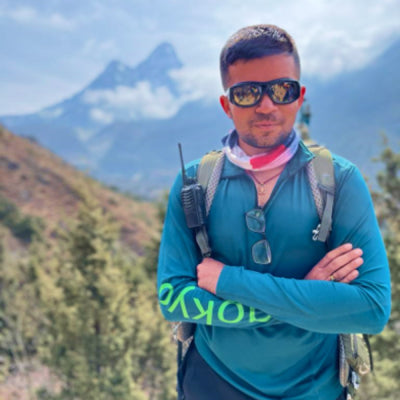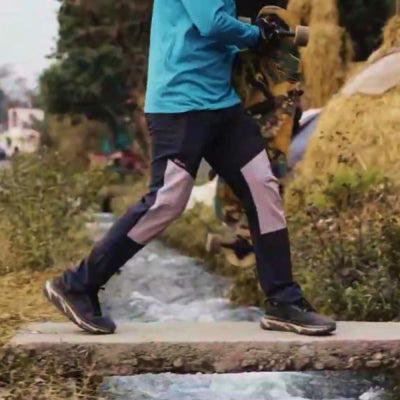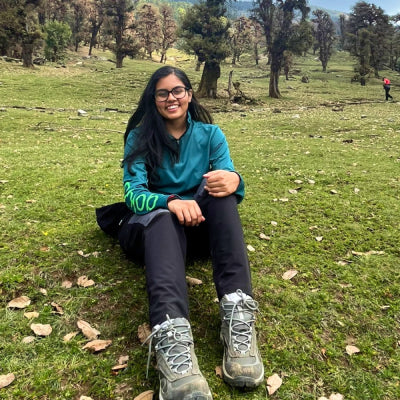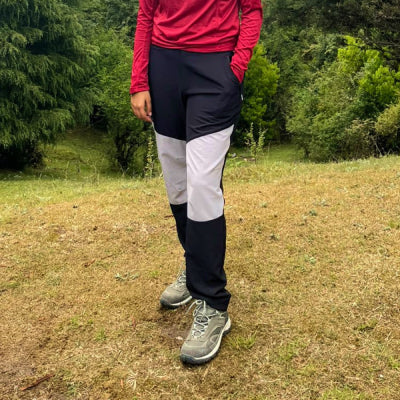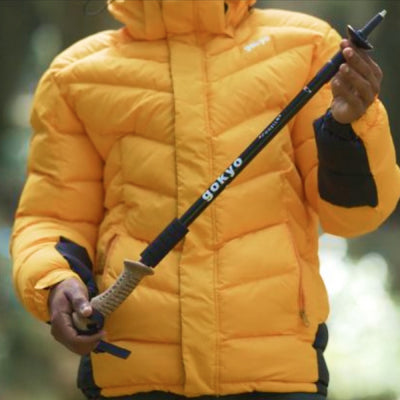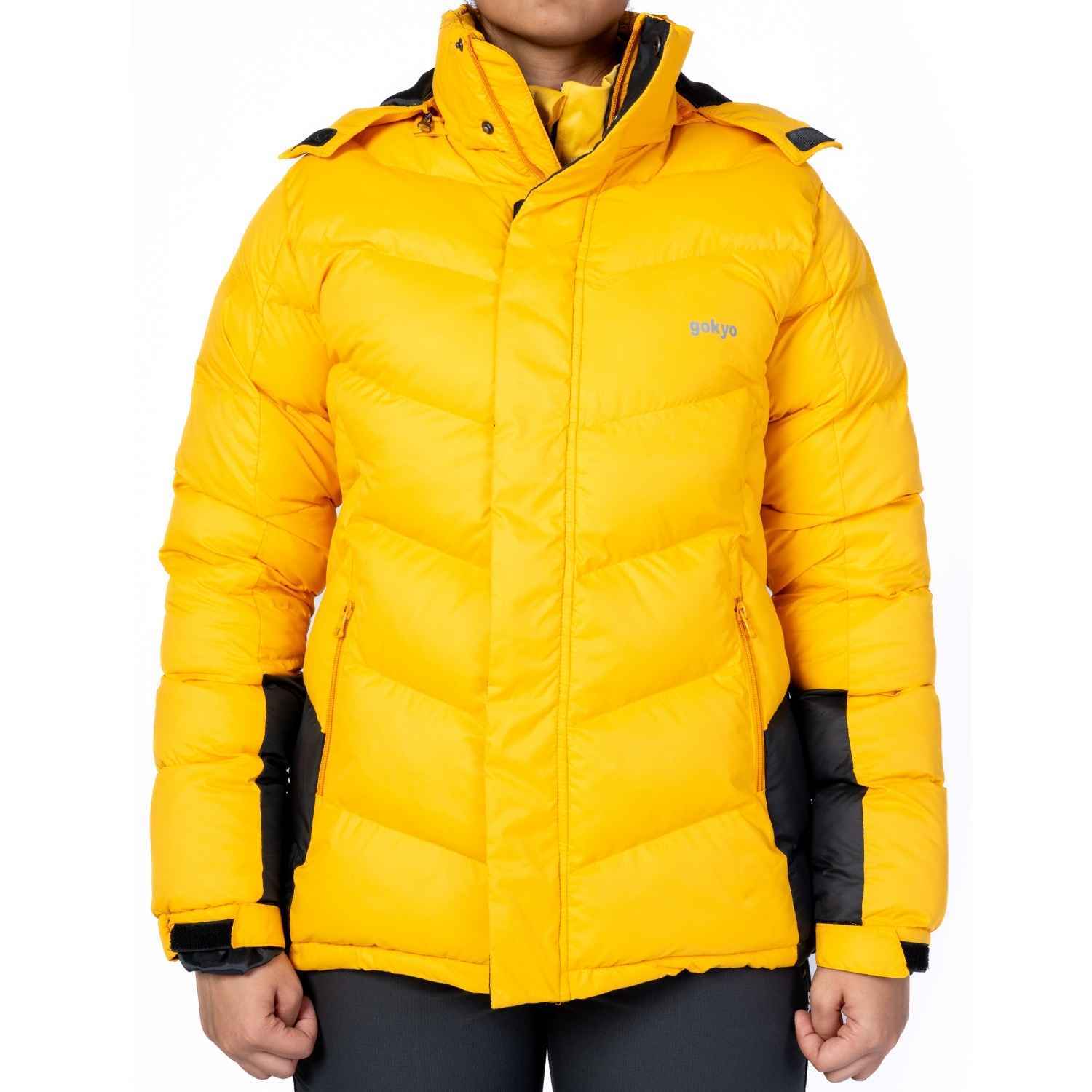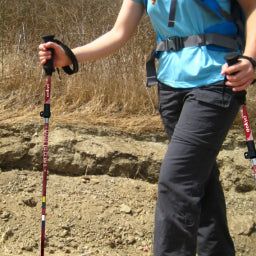Why Your Regular Jacket Won’t Survive High-Altitude Winters: A Men’s Trekking Guide
For those who have battled frigid temperatures in the mountains, you are aware that there are many different types of jackets for men. At sea level, likely a winter jacket, may keep you warm on the march or standing over a hot drink while you wait for an evening coffee to work. Shift from sea level to a Himalayan ridgeline feel like you are wearing nothing but a pajama suit. The higher up, the colder it becomes, and the more nature doesn't cooperate.
So why is it that your jackets in winter don't have it when you visit Gokyo or other high-altitude places? Let's take a look because the last place you want to be before buying a "warm & toasty" jacket is in a position with the sun down, temperature dropping below freezing, and wind whipping across the glaciers only to find out you have to ditch your "warm" jacket for something more serious.
The Harsh Brutality of Winters at High Altitudes
At elevations above 4000 m, the air becomes thinner, the sun becomes harsher, and the cold shows no mercy. Temperatures during the day can be sunny warm and chilly cold within a matter of hours at night.
In your city, when winter comes, "cold" is when the temperature is down to 8°C, while your hands are tightly wrapped around a latte. In the mountains, you are faced with icy winds, frigid fog, and small snowflakes that feel like sharp glass against your skin.
Your body burns energy faster in these conditions just navigating the conditions to figure out how to get warm. Without appropriate insulation, you'll end up feeling more than uncomfortable. This is the terrible part of the situation: hypothermia is not a concept relegated to a textbook up here; it is the outcome of an unprepared, unfortunate situation and becoming too cold. This is why specialized gear is not an optional decision; it is a necessity to endure.
Why Regular Jackets Just Don’t Work
Think about your regular city jacket. Stylish? Of course. Practical for every day life? Absolutely. But made for… high altitude trekking? Not even close. Here is where they fail:
1. Insulation - Your regular jacket was made for not cold or extremely mild winters, but certainly not with your body overheating/melting when there are extreme sub-zero temperatures. The jacket generally will never have dense down or advanced synthetic fill material which would keep you warm and trap heat when the temperature drops.
2. Wind - That cool breeze feels so refreshing back in town... but is nothing like the Himalaya winds which will cut through your jacket and get you cold to your bones. Regular jackets will not have the windproof shell which will not only get you chilled by the wind but will also break down in alpine conditions.
3. Breathability - When out trekking, we all know that motion equates to some level of sweat. If you are out sweating in freezing conditions, it becomes a safety issue. What makes it even worse is that sweat can chill your body in seconds and is dangerous. Regular jackets simply won't balance insulation and breathability the way a specialized, technical outerwear will.
4. Durability - Have you ever trekked on rocky trails or hiked over snow or ice while dragging a backpack on your back? Your daily jacket wasn't sewn together for that kind of punishment.
5. Weight & Packability - An extremely heavy wool coat may keep you warm when you are not moving very fast from one elevation to another, but try hiking with it on a multi-day trek. You will absolutely hate hiking with that thing on. Technical trek jackets will always be designed for a warm but lightweight product.
In a nutshell, your favorite menswear jackets may be great for brunch, but are so not going to prepare you for the ridiculous demands of altitude.
Outdoor-Ready Jackets for Men
How do Trekking Jackets for High Altitude Differ?
Here comes performance-based design. Trekking jackets are not just made to look good (though, they do). Suppose you explore and come across a company like Gokyo Outdoor Clothing & Gear. These jackets are designed for survival in death-defying conditions.
- Layered Protection - Jacket not warm enough for you? Look for a high-altitude jacket. Most high-altitude jackets typically use a waterproof shell for an exterior with insulated lining for the interior. This combination will keep you dry, warm and protect you from the wind and snow.
- Superior Insulation - Goose down can’t be matched for warmth-to-weight ratio; similarly, there are synthetic insulation alternatives if conditions get wet. In either case, the insulation keeps in warmth without adding bulk.
- Fit - Trekking jackets are designed to fit snugly which keeps in warmth, but usually these jackets allow for the most flexibility and range of motion compared to bulkier coats found in a city - those coats are designed to be warm but they don’t have the same fit.
- Features - An adjustable hood can go over a helmet; a snow skirt; a high collar; pockets that you can access while wearing a backpack; every part of the jacket features practical purposes, not only design.
How to Decide on the Right Jacket for Your Trek
If you are preparing for Gokyo, or a trek like it, make sure to consider how you decide on your jacket:
1. Insulation Type - Down is perfect for cold and dry conditions. If you are worried about snow or rain soaking through, a synthetic insulation will be more appropriate.
2. Waterproofing & Windproofing - You want your jacket to have Durable Water Repellent (DWR) finishes or a membrane to keep you dry.
3. Compatibility - The jacket needs to fit over base and mid-layers, for layering purposes. The more flexible the more comfortable and the more you can use it for layering.
4. Weight - Go lighter. You will be glad later when you are carrying gear over suspension bridges.
5. Fit - Too tight and you can’t move; too loose and you lose heat. Don’t underestimate the importance of fit. Remember: the right jacket isn’t just about comfort, it’s about safety
A Personal Lesson from the Trails
It was memorable seeing someone else who was trekking with me on the journey to Gokyo Lake remain committed to his “trusty” city jacket. He had laughed about my “over-prepared” gear on day one. By the third day, the freezing mountain winds had beaten down his confidence (and nearly beaten it down to shreds). With his sleeves wet and the snow still falling, his hands couldn't stop shaking, and he ended up borrowing a spare insulated layer from another trekker.
It wasn't about fashion or pride anymore, it was about survival. It was a clear lesson: the mountains do not compromise on the weather.
The Role of Gokyo Outdoor Clothing & Gear
What makes Gokyo Outdoor Clothing & Gear unique is their strong understanding of these conditions. They don't only make jackets for men, they make jackets for adventurers. These winter jackets for men were designed for trekkers: lightweight but strong against the cold, strong but comfortable, practical but stylish enough to go from the mountain pass to the base-camp tea house.
This is not marketing-speak; it is two decades of testing. These jackets in winter conditions perform where a city jacket succumbs. For the serious trekker, they are not a purchase, but an investment in safety.
Frequently Asked Questions (FAQs) :
1. Can I wear my normal winter jacket on a trek if I wear good base layers?
Layering helps, but normal jackets lack key features that are required for high-altitude environments including windproofing, waterproofing, and insulation. It's dangerous and usually uncomfortable.
2. Is down always better than synthetic insulation?
Not always! Down is certainly lighter and warmer, but the synthetic works better in wet or snowy environments because they will retain heat even when wet.
3. How many layers should I wear under a trekking jacket?
A good system includes a moisture-wicking base layer, an insulating mid-layer, and your trekking jacket as the external shell or main layer.
4. What is the best weight when considering a trekking jacket?
Most high-altitude trekking jackets weigh between 500-800g. Anything significantly heavier than that will not be enjoyable to carry.
5. Do trekking jackets have to look bulky?
Not at all! Many modern designs, including those by Gokyo, deliver a sleek fit without sacrificing technical performance, so you can look good and remain safe.
6. Can I use a trekking jacket back in the city?
Yes! It will be overkill for a milder Canadian winter, but these jackets work great in extreme Canadian urban environments, and they will last you for years.
Final Thoughts
Skis are not the place to be testing the limits of your normal jacket. Regular jackets were not built for the icy winds, spontaneous storms, or bone-chilling cold of the Himalayas at night. The right gear makes the journey more comfortable, and can mean the difference in whether you finish what you are doing, or if you decide to turn back.
So, before you get to Gokyo, or any of your rugged outdoor adventure routes, don't take the over-protective city jackets. Take outerwear that will protect you. Trust your gear and your prep. And think of it this way: your jacket is armor, it's not just clothing in the mountains.

